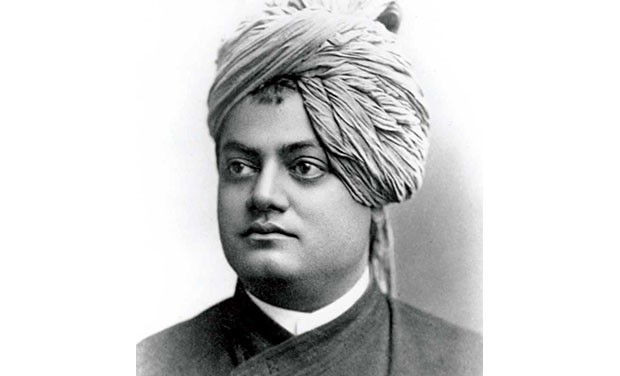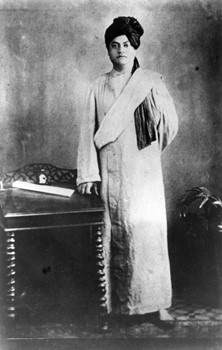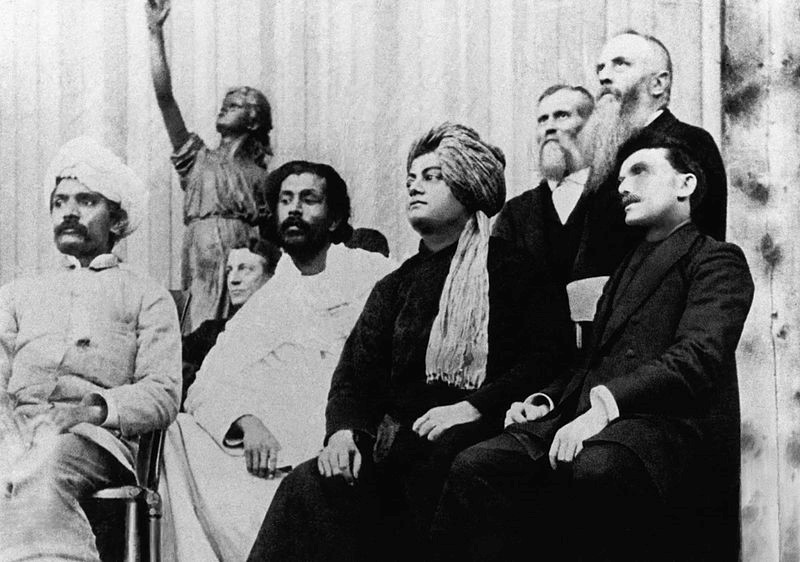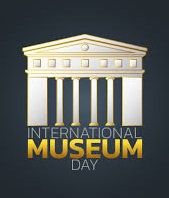Rediscovering Great Teachers - Swami Vivekananda
Rediscovering Great Teachers - Swami Vivekananda
 Swami Vivekananda, born as Narendranath Datta, was an Indian leader and reformer who was born on 12 January, 1863 in Calcutta (now Kolkata), India. His father Vishwanath Datta was an attorney at the Calcutta High Court and his mother Bhubaneswari Devi, was a housewife. The progressive, rational attitude of his father and the religious temperament of his mother helped shape his thinking and personality.
Swami Vivekananda, born as Narendranath Datta, was an Indian leader and reformer who was born on 12 January, 1863 in Calcutta (now Kolkata), India. His father Vishwanath Datta was an attorney at the Calcutta High Court and his mother Bhubaneswari Devi, was a housewife. The progressive, rational attitude of his father and the religious temperament of his mother helped shape his thinking and personality. Narendranath was interested in spirituality from a young age and used to meditate before the images of deities like Shiva, Rama, Sita and Hanuman. Narendranath was naughty and restless as a child and was always fascinated by the wandering ascetics and monks.
In 1871, at the age of eight, Narendranath enrolled at Ishwar Chandra Vidyasagar’s Metropolitan Institution. In 1879, he received the highest marks in the Presidency College entrance examination and was an avid reader in a wide range of subjects including philosophy, religion, social science, history, art and literature. He also shared an interest in the Mahabharat and the Puranas and regularly participated in sports, physical exercise and other organised activities. He completed his Bachelor of Arts degree in 1884, during which he studied the works of eminent scholars and was called a ‘shrutidrara’ which means a person with a prodigious memory.
 In 1880, Narendra joined the Keshab Chandra Sen’s Nava Vidhan. Keshav Chandra Sen was an Indian Bengali social reformer who established the Nava Vidhan after meeting Ramakrishna, an Indian yogi and mystic. Narendra also became a member of the Sadharan Brahmo Samaj in his early twenties and was active in Sen’s Band of Hope, a London based missionary that discouraged the youth from smoking and drinking.
In 1880, Narendra joined the Keshab Chandra Sen’s Nava Vidhan. Keshav Chandra Sen was an Indian Bengali social reformer who established the Nava Vidhan after meeting Ramakrishna, an Indian yogi and mystic. Narendra also became a member of the Sadharan Brahmo Samaj in his early twenties and was active in Sen’s Band of Hope, a London based missionary that discouraged the youth from smoking and drinking. It was during this time that Narendra became dissatisfied with philosophy and began his intellectual quest to understand religion. After the death of his father in 1884, he was hounded by his father’s creditors and he began to question god’s presence. He met Ramakrishna who became the spiritual focus of his life and was inspired by the interactions he had with him. He later decided to renounce everything in search of god and accepted Ramakrishna as his guru.
During the last days of Ramakrishna, Narendra took care of his guru and continued on his spiritual education. After the death of his guru in 1885, Narendra converted a diaplated house into a monastery for the remaining disciples. This monastery went on to become the first Ramakrishna Math where Narendra and the other disciples practised meditation and other religious austerities every day. On 24 December, 1886, on a visit to Anantpur, he changed his name to ‘Swami Vivekananda’.
In 1888, Swami Vivekananda left the monastery and spent the next five years of his life traveling around the country, acquiring different religious traditions and practices. He left for Chicago on 31 May, 1893 and visited several cities in Japan, China and Canada along the way, and arrived at Chicago on 30 July, 1893 where the ‘Parliament of Religions’ took place.
On 11 September, 1893, he gave a brief speech at the conference representing India and Hinduism. His famous speech which began with the line "Brothers and sisters of America" earned him a two-minute-long standing ovation from the crowd after which he spoke about religious tolerance and universal acceptance. He became famous among the press who dubbed him as the ‘Cyclonic monk from India’ and had a huge impression on his listeners. After the conference, he toured different parts of the US such as Boston, Chicago, New York and Detroit, and founded the Vedanta Society in 1894 in New York.
During his first visit to the UK in 1895, he met Margaret Elizabeth Noble who went on to become Sister Nivedita. During his second visit, he met Max Muller, a noted academician from the Oxford University. It was during this visit that he was offered positions in Harvard and Oxford Universities, which he declined as he was more focused on fulfilling his commitment as a monk.
 His imminent work attracted several followers and admirers from the West. He met Christina Greenstidel who went on to become Sister Christine and established a close father-daughter bond with her. On 16 December, 1896, he travelled to France and Italy. He arrived at Colombo in 1897 and delivered a speech before he travelled to Madras and Calcutta. He also gave numerous speeches on the betterment of the people and officially established the Ramakrishna Mission on 1 May, 1897. Later he also founded two monasteries- one at the Himalayas and the other at Madras and started two journals called Prabuddha Bharata in English and Udbodhan in Bengali. His brief meeting with Jamsetji Tata inspired the industrialist to set up The Tata Institute of Science in 1909.
His imminent work attracted several followers and admirers from the West. He met Christina Greenstidel who went on to become Sister Christine and established a close father-daughter bond with her. On 16 December, 1896, he travelled to France and Italy. He arrived at Colombo in 1897 and delivered a speech before he travelled to Madras and Calcutta. He also gave numerous speeches on the betterment of the people and officially established the Ramakrishna Mission on 1 May, 1897. Later he also founded two monasteries- one at the Himalayas and the other at Madras and started two journals called Prabuddha Bharata in English and Udbodhan in Bengali. His brief meeting with Jamsetji Tata inspired the industrialist to set up The Tata Institute of Science in 1909. Despite his declining health, Swami Vivekananda continued to visit to the West where he gave speeches in the UK and the USA. He later set up the ‘Shanti Ashrama' in California before continuing his journey towards Egypt, Vienna, Athens, and Istanbul. He travelled back to Calcutta where he continued his work with the Ramakrishna Mission and taught Sanskrit grammar and philosophy to his pupils. He died on 4 July, 1902 and was cremated on the banks of River Ganga.
A spiritual genius with a commanding intellect and power, Swami Vivekananda was a person who achieved a lot during his short life of thirty-nine years. His vast knowledge of Eastern and Western cultures along with his deep spiritual insight, fervid eloquence, brilliant conversation, broad human sympathy and colourful personality made an irresistible appeal for the ones who encountered him. It is said that people who saw or heard Swami Vivekananda always cherished his memory and never forgot the words he said. 12 January, the birthday of Swami Vivekananda is celebrated as the ‘National Youth Day’ in India every year.





















